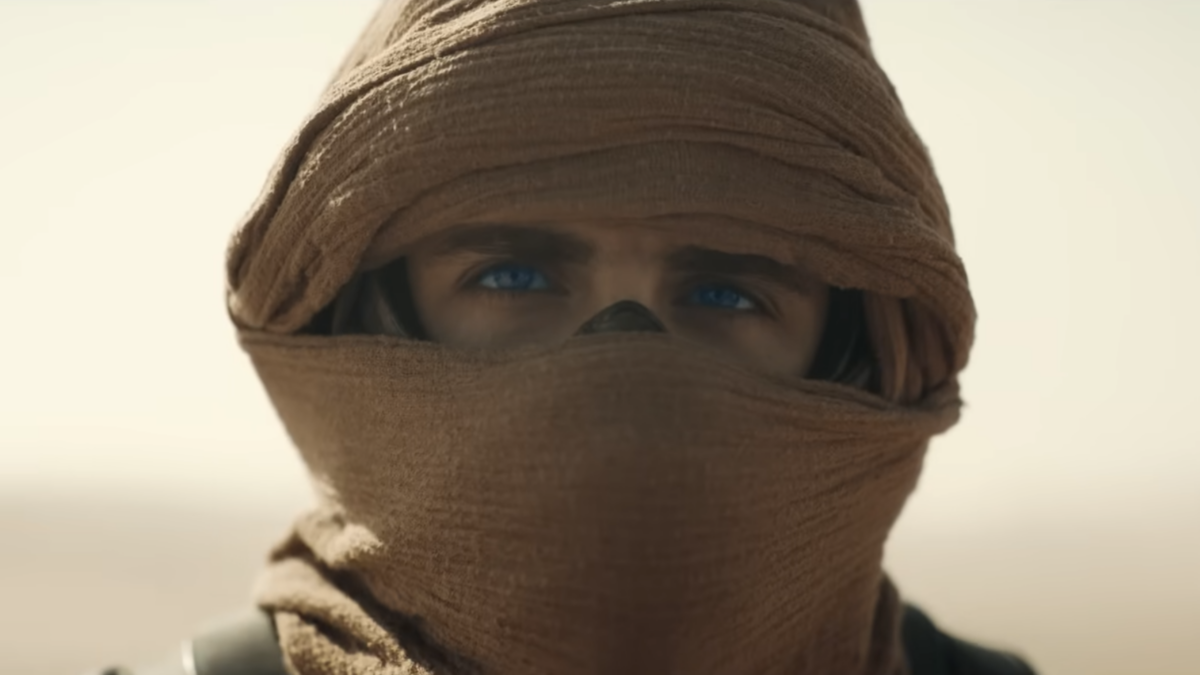Denis Villeneuve’s “Dune” saga is arguably the best use of special effects ever accomplished on the big screen. Especially after 10 years of lackluster “Star Wars” films and Marvel’s endless CGI, “Dune” is a breath of fresh air. But it also creates some complicated problems for film and is a disturbing portent for the future of Western entertainment.
“Dune” and “Dune: Part Two” are so immersive and photo-realistic that it is difficult to ascertain what is real and what are special effects in each shot. Much of this is because Villeneuve shoots real things as much as possible and because the world of “Dune” isn’t populated by endless weird aliens like “Star Wars,” making it often possible to realize this fictional world with relatively little special effects.
He chose Jordan to be their real-world desert because of its unique mixture of massive rock formations juxtaposed with sand dunes. Not only does Jordan actually look like the planet Arrakis, but it feels alien because it was shot in a location that is alien to most viewers.
“Dune” is a sci-fi saga set in a distant future completely different from our own. This world is not just alien but somewhat fantastical, populated with hundred-meter sandworms and helicopters with wings like dragonflies. The main contributing factor to this alien quality is the seamless reality the viewer is presented with on the screen.
When you sit in a theater and experience “Dune,” you feel like everything you’re watching is actually happening. Nothing looks like a miniature; nothing looks CGI. And the most bizarre part is this film seems it will never become visually dated. All films eventually resemble the eras they were made in. Dune will eventually look like it was produced in the 2020s, but it will never look fake, the reality will always be there on screen.
This remarkable achievement has been compared to “The Lord of the Rings” trilogy at the turn of the century. And in some ways it is. They’re both adaptations of infamously unadaptable books in fantasy genres. Both had previous adaptations that ultimately failed, and both outshined the “Star Wars” films of their era because they were not reliant on CGI but instead went on location, showcasing places that hadn’t been put on film before. New Zealand is part of the film industry now, but it wasn’t before the “LOTR” trilogy filmed in their untouched wilderness and mountain ranges.
“The Lord of the Rings” Director Peter Jackson preferred to use whatever special effects method was best to get the shot, and maybe most importantly whatever combination of effects technology would get the best result. He was inspired by 1933’s “King Kong,” which relied on multiple combinations of techniques.
But as fantastic as “LOTR” looked, and still looks, it was often not photo-realistic. There were key effects in those films that simply did not look real even at the time. This is partially because of the nature of what was being depicted such as trolls and giant eagles — things viewers know don’t exist and have limited frame of reference for what they should look like. Even the worst effects were always done with the utmost expertise, so there’s no critiquing the technique, but ultimately the audience could often tell how certain shots were accomplished. Of course, the best shots are ones where you don’t notice the effect because it’s so subtle. But many other visuals became dated quickly as the tools used to realize Middle Earth became replicated and disseminated.
Now the question is, will other filmmakers be able to make cinematic art as impressive as Villeneuve has here? The “Dune” films blow away the comic book films of the last decade that became increasingly muddled CGI orgies. We now live in a world where AI can create an image of Morgan Freeman that is indistinguishable from the real thing, in both sound and appearance. Amateurs have used deepfake technology to improve the special effects work in “Rogue One” from just a few years ago. Something is disturbing about what Villeneuve has accomplished. The bar is now so high that it’s unclear who might even be able to reach it.
Maybe James Cameron, if he’d stop telling silly bloated films about blue people with tails, or maybe Christopher Nolan. Hopefully, it will inspire new filmmakers still unknown to us, but in this age of mediocrity, seeing a pinnacle like this is both cause for celebration and fear for the art form.
We must also consider the potential sinister uses for such a powerful art form. Could someone with bad intentions pervert these types of special effects for documentary purposes? Or for creating propaganda or fake evidence in a trial? “Dune” isn’t just telling a fictional story about the future. In some sense it is the future. For now, it’s good entertainment.









